Ventilation
Roof ventilation is extremely important to roofing materials on a roof. Without proper intake (soffit) and exhaust (ridge venting), roof shingles can burn from underneath and lose a good amount of their life. This is caused by excessive heat, without air movement, in an attic environment. In addition, trapped heat and humidity will lead to moisture and the creation of mold and mildew on the sheathing, rafters, and insulation. When this happens, the two choices left for homeowners is to bring in a mold remediation team or to have the sheathing replaced during the installation of a new roof.
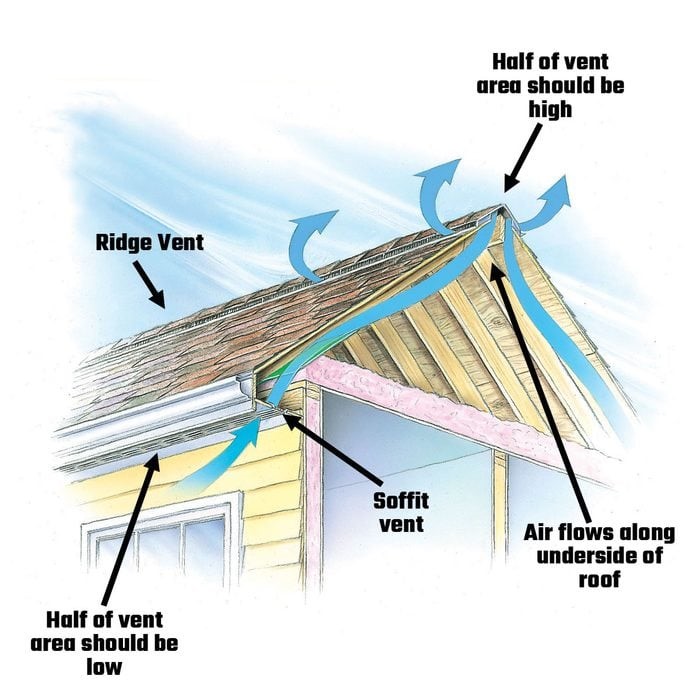
In most cases, an experienced roofing expert can diagnose a roof/attic area where insufficient ventilation is occurring. This is when an examination of the current intake and exhaust venting can be evaluated. A measurement of the needed NFA (Net Free Area) is necessary to complete during any roof evaluation. NFA is calculation of air movement in an attic area. Each house has a certain calculation of proper NFA intake and NFA exhaust. Often, attic spaces are overlooked when it comes to ventilation. This happens, at times, during the house build and often when a roofer comes to look at the roof without investigating the flow of air under the roof.
Intake Venting
This comes in many forms, such as:
Venting rectangular grids installed on the soffit board. The number of these vents and their size are a direct result of the NFA needed for that particular structure. This is best used if the soffit already has some of these vents, but just not enough. From an aesthetic standpoint, adding similar sized vents to reach the proper amount of NFA will work best without changing the existing look of the soffits.
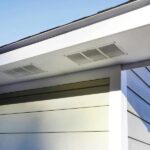
Vented drip edge can be useful depending on how the roof is set up. The vented drip edge look like traditional drip edge, but have vertical cuts in the drip edge to bring air into the attic space. Again, proper sizing is necessary to create the proper intake of fresh air into the attic space.
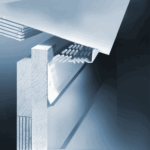
Continuous soffit venting is cut into the existing soffit boards and tends to be the most reliable source of intake air for the attic space.
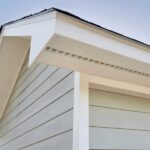
Exhaust Venting
Also comes in many forms, such as:
Passive venting which are vents (without moving parts) that are cut into the roof and rely on heat raising in the attic space and then these vents discharge the hot air as the air rises to them.
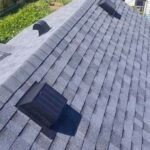
Power Fans are fans cut into the roof with a motorized fan. These can be helpful on certain types of roofs (hip roofs) where the ridge or peak of the roof does not follow the width of the structure.
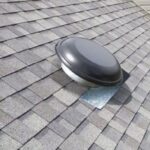
Ridge venting are vents installed at the peak of the roof, which run the length of each ridge/peak. These vents create a negative pull, much like an airplane wing does by creating a negative pull which with winds of 2mph or greater create this effect and actively pull the heat and humidity out of the attic space without a motor or moving parts to initiate this. These are the most used and most effective types of exhaust venting on a roofing system.
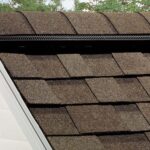
In conclusion, the whole idea behind venting a roof, is to have a free flow of air coming in to roof area and the removal and air change over. Proper vented roofs will elongate the life of any shingles on the roof, lower energy bills, lessen the strain of HVAC units, and prevent dangerous mold and mildew growth.
We Know Roofs
Whether, you are looking at repairing an existing roof, or replacing a roof, there are plenty of questions to answer. Old Colony Roofing is here to provide credible and honest information – from a true expert.
The goal of these pages is to arm you with the pros and cons of a variety of roofing questions and answers.
Ask About Our Financing
Roofs as low as $99/month*
Roofing Repairs
The good news is, roofs can be repaired. The bad news is, there are reasons why this may not make sense. First, it is important to discuss common roofing failures and why these result in leaking. See below for a list of common roofing failures:


